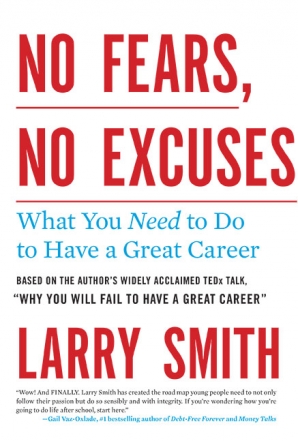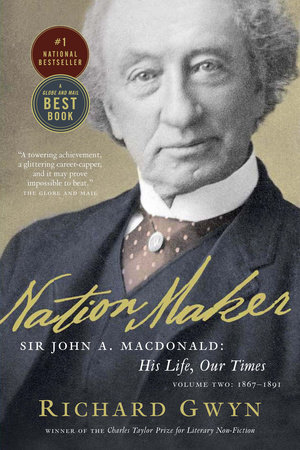
Professor Larry Smith is well known on the University of Waterloo campus for his energy, knowledge, and humour in his Economics lectures (of which I’ve been a lucky witness). In 2011, his TEDx talk on the many ways one could fail to have a great career garnered millions of views. As a topic of importance and broad appeal, Smith received numerous replies asking for the other half of the talk – “tell us how to pursue a great career”!
This book is Smith’s answer. His premise is that the marketplace has become even more competitive than during the previous generation. A university degree was a guarantee to a great job, but no more. One must provide uniquely value to the customer or employer to remain in demand in the market and have decent quality of life. This is my biggest takeaway from the book – it urged me to reflect on how I can provide more value in my current work.
In Smith’s mind,
A career is great when it offers satisfying work, impact on the world, a dependable and adequate income, and personal freedom.
Furthermore, he believes that to acquire such a great career, one must have passion for the work – it makes the going easier in tough times, and passion gives rise to creative problems solving as a differentiating edge, simply because one becomes quite literally, more “thoughtful” in those areas of intense interest:
A passion is more than an interest, although a passion may first appear as an interest. An interesting idea is easy to think about; when you have an idea that evokes passion, you cannot stop thinking about it. When you find a domain that engages passion, you want to understand it totally; you naturally see gaps that should be filled, errors that should be corrected, and innovations that cry out for creation. With passion, there is an inherent tendency to take action. None of those elements is necessarily present when you find something “interesting”. Passion invites an intensity of enduring focus.
Smith has had more than 30,000 career statements and conversations on the subject of great work, and this book draws from it. I found the examples were vivid, grounded, and illustrates his points well. In these stories, passion isn’t found through some quick moment of insight, but through lots of zig-zag and trial and error. It is not mere emotional excitement, and has components of conscious curiosity and commitment.
Even when a passion is found, it can take years for one to learn to nurture, conserve, and shape it to the demands of the market and to the values of the individual to become a great career. Passion can be an overloaded term, and Smith advocates against acting on a whim – quitting one’s day job and search for the elusive passion. Instead, one should search and research methodically about the area of interest. It is conscious and effortful hard work, but its results can be equally rewarding. The road to passion requires dispassionate analysis and discipline, Smith argues, and I heartily agree.
It is clear to me through this book and others that a life filled with work that one detests can hardly be satisfying. This book is a concrete guide for those having a drive and passion waiting to be discovered through very accessible tools – read trade journals and books to see broad trends, talk to industry insiders to further understand the needs of the market and one’s ability to create unique value, and set benchmarks for progress. Its analytical approach to great career provides great value, in my opinion. Other approaches I also value are Mike Rowe’s approach of doing practical work or Cal Newport’s exhortation on finding enjoyment through mastery or even Mark Zuckerberg’s talk about doing work (entrepreneurship in this case) with a sense of mission.
All the aforementioned ways, however, are in the pursuit of fulfilling work that provides value to family and society, and often requires courage – the courage to abandon the safety of conventional wisdom, to leave the comfort of social conformity, and accept the constant challenge of pathfinding. Perhaps that’s why great work is rewarding, because it is so arduous. Smith knows this intimately, as he also overcame painful shyness and endured much trial and error before finding his own great career that requires much public speaking as a teacher and industry consultant.
Courage is essential, Smith would say, but as to its origin and where one finds it? Smith perks ups and looks solemnly at his students – now that’s the mystery.



